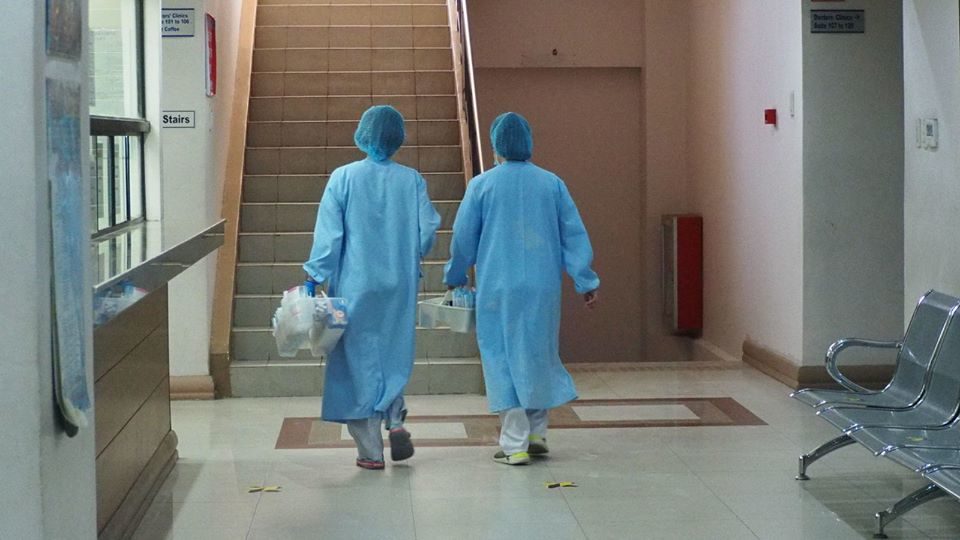A mathematician from the University of the Philippines OCTA Research Group said that the Philippines is starting to flatten the curve, but the COVID-19 pandemic is still far from over.
Dr. Guido David said in an interview with cable channel ANC today that the country has witnessed a decline in new cases for the past three weeks, and that the reproduction number (R0) has gone down from 1.5 to less than 1.
He credits the government’s decision in August to impose the modified enhanced community quarantine in Metro Manila and neighboring areas behind the flattening. Other factors that contributed were localized lockdowns, isolation of patients, increased testing, the use of face shields, and improved contact tracing.
Read: Metro Manila mayors set 8pm to 5am curfew as region goes back to GCQ
However, he warned that this is “just the start of the [curve’s] decent but it doesn’t mean [that] we can relax now.”
“We are still a long way to go. We are still a few months away from reducing the number of cases to a very manageable level in Metro Manila, so let’s continue doing what we are doing now so we can maybe have a nice Christmas,” he said.
He also said that while the number of cases in Metro Manila is declining, it’s increasing in places such as Bacolod, Iloilo, and Tacloban. On average, 30 people die of the virus each day, Guido added.
“[W]e would like to remind people not to get overly enthusiastic about the news, so it does not mean that we can be complacent, that we can go out and we can have mass gatherings,” he warned.
“We still have to be careful because the virus is still out there and [it is] still killing people…The virus is still a clear and present danger. Our goal is to reduce the number of transmissions so we can now relax the quarantine further and open up the economy, but until then the fight is not over. We still have to work together. At least we are now seeing the light at the end of the tunnel,” he said.
“We know that if we keep doing this, then maybe we can open up before December and have a more normal Christmas than we might expect so this is not a time to relax. It’s a time to keep on doing what we have to do to prevent transmissions,” the mathematician said.
The Philippines has the most number of COVID-19 cases in Southeast Asia, with 237,365 cases recorded as of yesterday, including 184,687 recoveries and 3,875 deaths.




